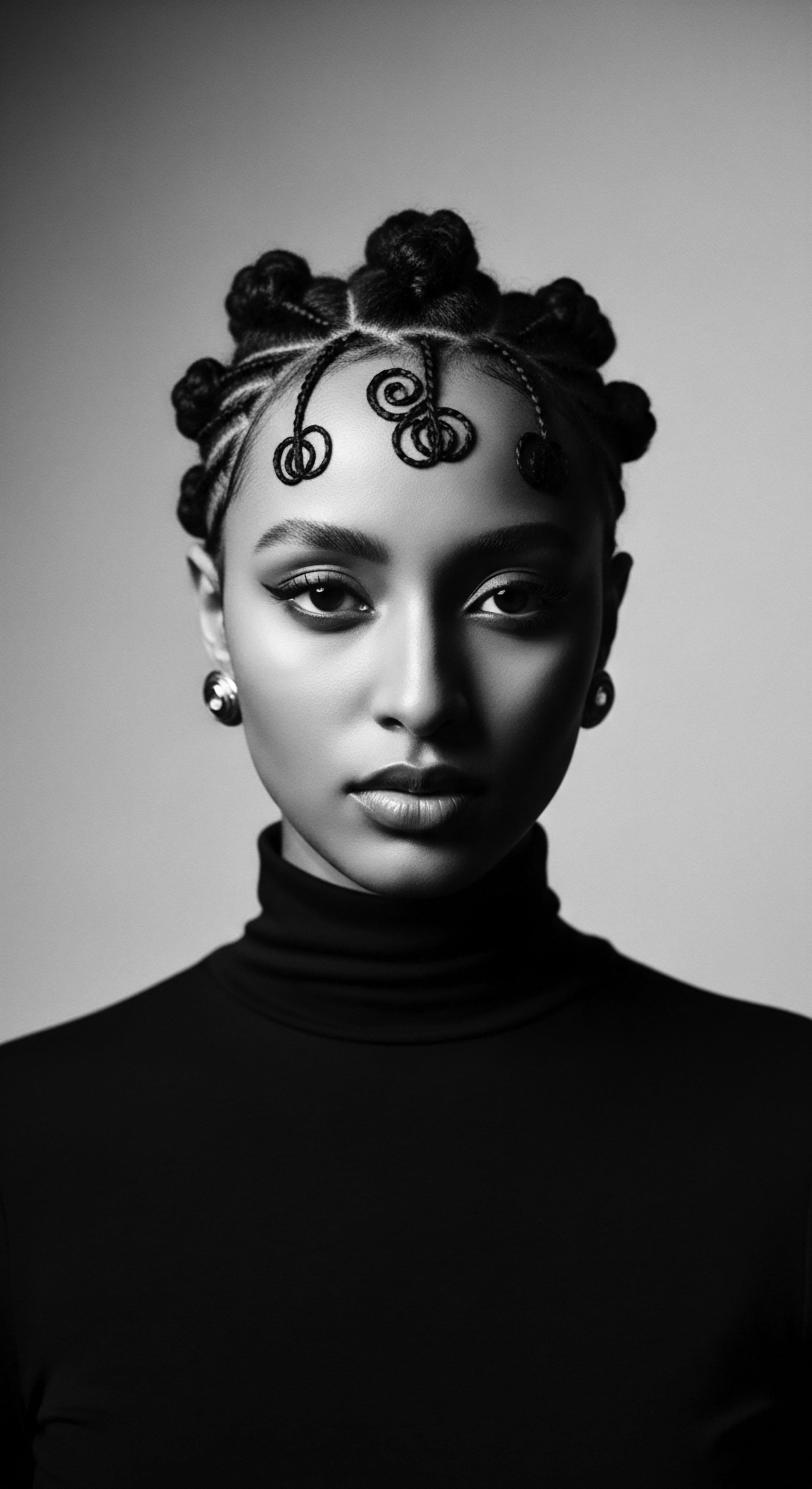
What ingredients did traditional African communities use for hair health?
Traditional African communities used plant-derived oils, butters, and herbs, applied through intricate rituals that celebrated textured hair heritage.
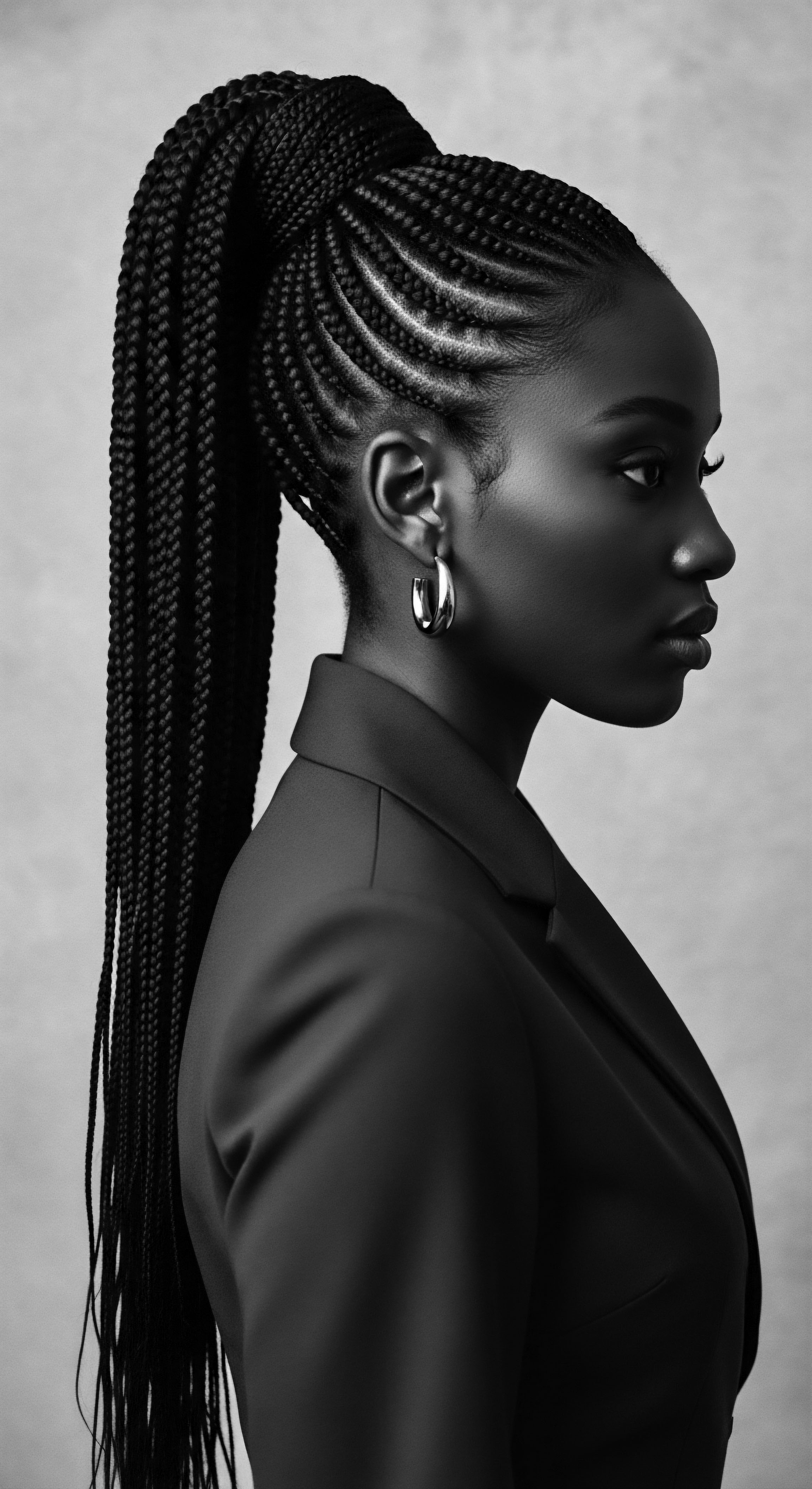
What is the historical origin of specific protective styles?
Protective styles originated from ancient African civilizations, evolving as essential methods for textured hair health, cultural expression, and ancestral connection.

Can modern science validate traditional shea butter hair care?
Modern science confirms that traditional shea butter hair care supports textured hair by providing essential lipids and reducing friction, honoring ancestral wisdom.

Which traditional oils supported coiled hair growth?
Traditional oils like shea butter, coconut, and castor oil, deeply rooted in ancestral practices, supported coiled hair growth by nourishing the scalp, strengthening strands, and minimizing breakage.
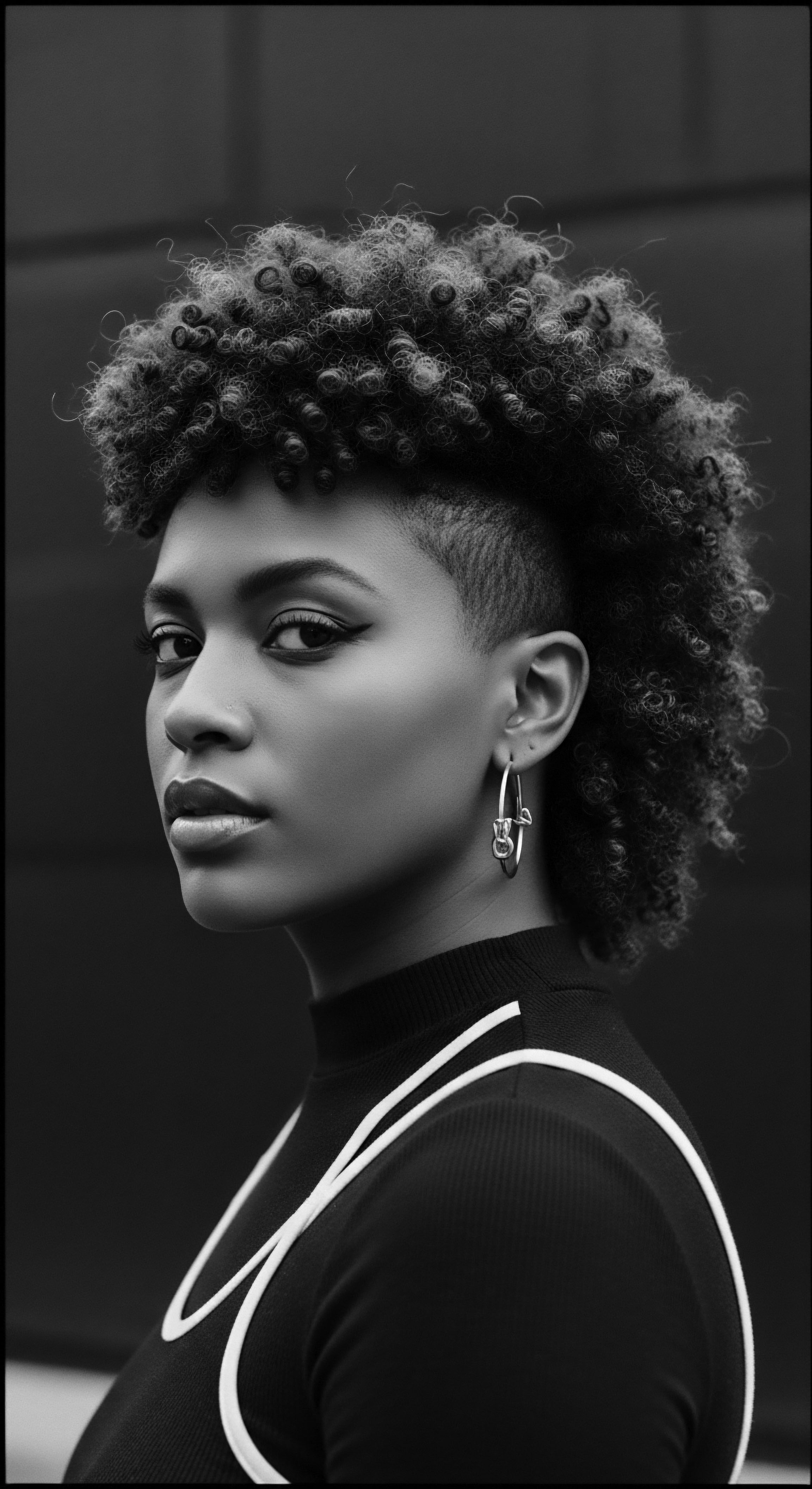
How did communal hair care traditions connect with shea butter?
Communal hair care traditions connected with shea butter by fostering intergenerational wisdom, social cohesion, and economic empowerment, enriching textured hair heritage.

What historical examples show hair as a symbol of resistance?
Textured hair has historically served as a potent symbol of resistance, embodying cultural identity and defiance against oppression within Black and mixed-race heritage.

In what ways did henna contribute to hair strength for textured strands?
Henna fortifies textured hair by bonding lawsone to keratin, reinforcing strands, and honoring a rich ancestral care heritage.

How does hair follicle shape affect curl?
Hair follicle shape, a genetic inheritance, sculpts hair's curl, deeply influencing textured hair heritage and traditional care practices.

What is henna’s historical connection to cultural identity and textured hair?
Henna’s historical connection to cultural identity and textured hair lies in its ancestral use for protection, adornment, and communal bonding.

How has rhassoul clay shaped hair cleansing heritage?
Rhassoul clay profoundly shaped textured hair cleansing heritage by offering a gentle, mineral-rich alternative rooted in ancient North African traditions.

What is heritage hair care?
Heritage hair care is the ancestral wisdom and cultural practices nurturing textured hair, connecting past traditions to present well-being.

How do plant-based ingredients benefit textured hair?
Plant-based ingredients deeply benefit textured hair by delivering ancestral moisture and strength, honoring a rich heritage of care.
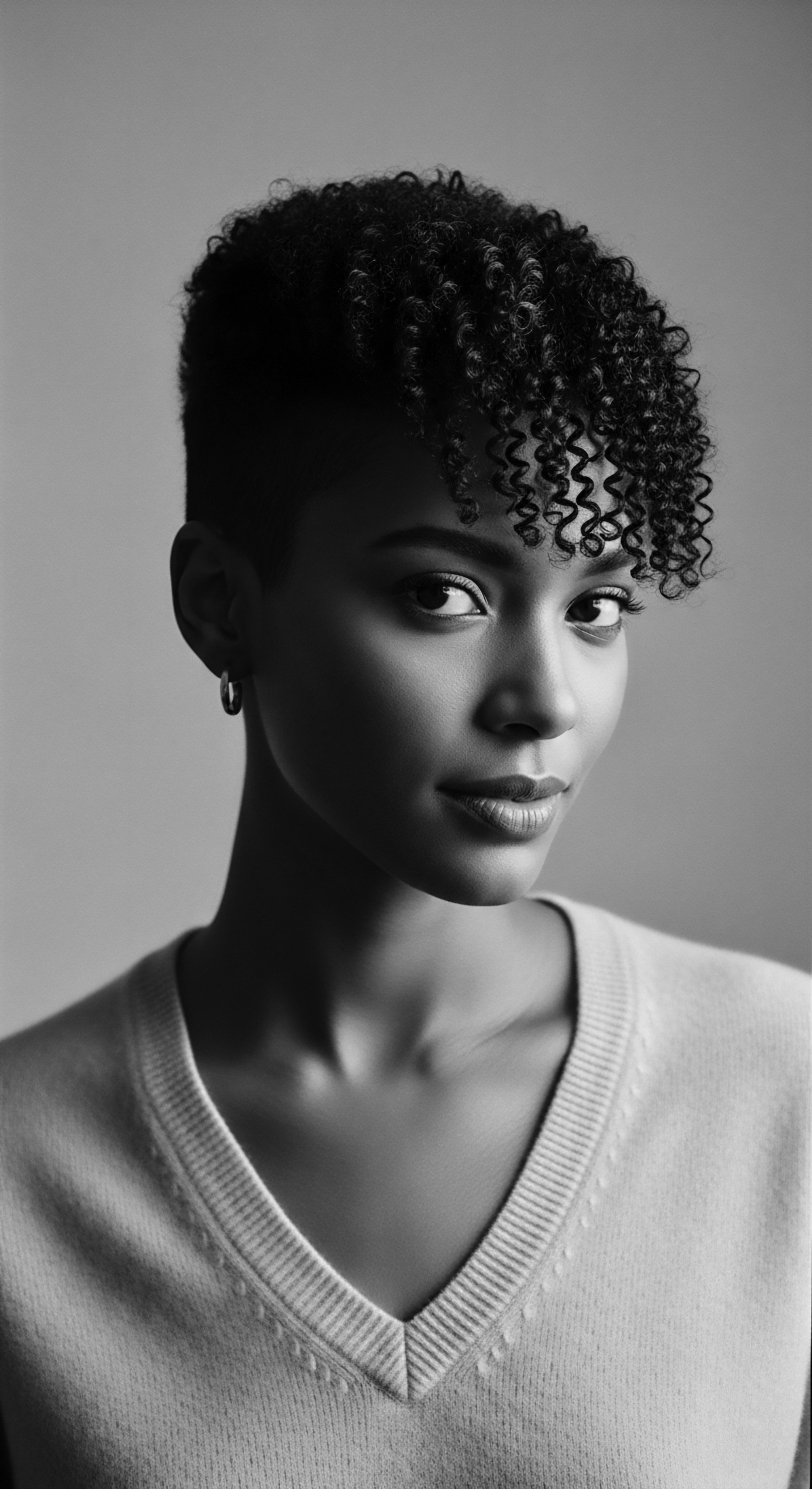
In what ways do rhassoul clay’s ancestral adaptations remain relevant for textured hair heritage today?
Rhassoul clay's ancestral adaptations remain relevant for textured hair heritage today by offering gentle, mineral-rich cleansing that honors natural moisture and cultural identity.

Can historical hair care traditions teach us about textured hair health today?
Historical hair care practices offer crucial insights into textured hair health by revealing a deep, intuitive science rooted in ancestral heritage.

Which traditional plant oils support scalp wellness in Black heritage practices?
Traditional plant oils, rooted in Black heritage, nourish and protect the scalp, mirroring ancestral wisdom with contemporary scientific findings.
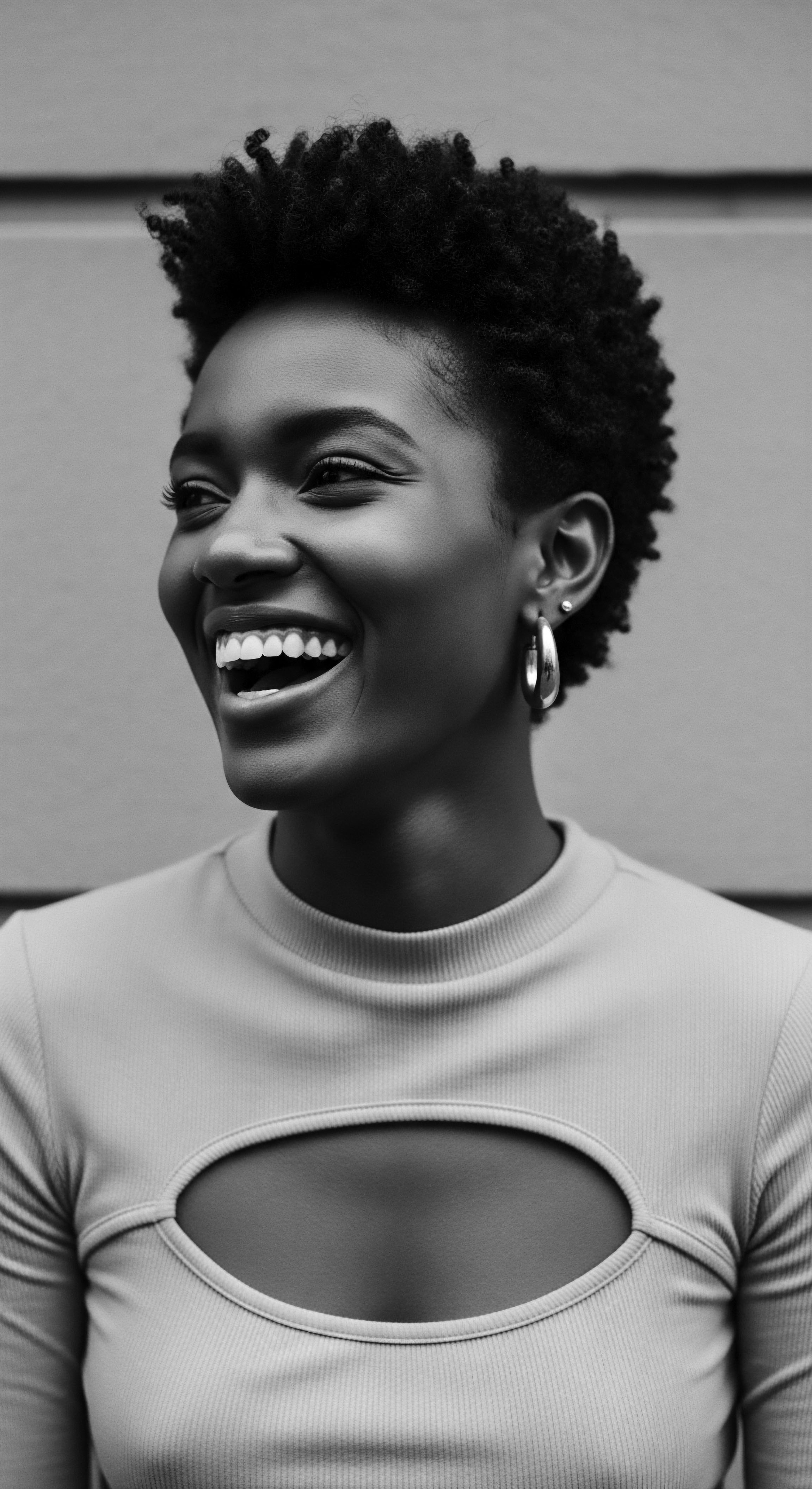
What ancient oils moisturize textured hair?
Ancient oils like shea, argan, and castor deeply moisturize textured hair, rooted in ancestral practices for resilience and beauty.

Can ancient African cleansing methods benefit textured hair today?
Ancient African cleansing methods offer profound benefits for textured hair, rooted in heritage and gentle, effective natural practices.

What shea butter benefits textured hair?
Shea butter provides deep moisture and protection for textured hair, continuing an ancestral practice vital to hair health and cultural identity.

What historical cleansing rituals existed for textured hair across African regions?
Ancestral African cleansing rituals for textured hair prioritized gentle, natural ingredients and community-based practices deeply rooted in heritage.

Why does textured hair become dry overnight?
Textured hair's unique structure and lower sebum distribution, coupled with environmental factors, lead to overnight moisture loss, a challenge ancestral practices intuitively addressed.

What historical significance does rhassoul clay hold for textured hair communities?
Rhassoul clay holds profound historical importance, serving as an ancient earth-derived cleanser and conditioner foundational to textured hair heritage.

Are traditional oiling methods still relevant for modern textured hair?
Traditional oiling methods remain profoundly relevant, offering enduring efficacy and a vital connection to textured hair heritage.
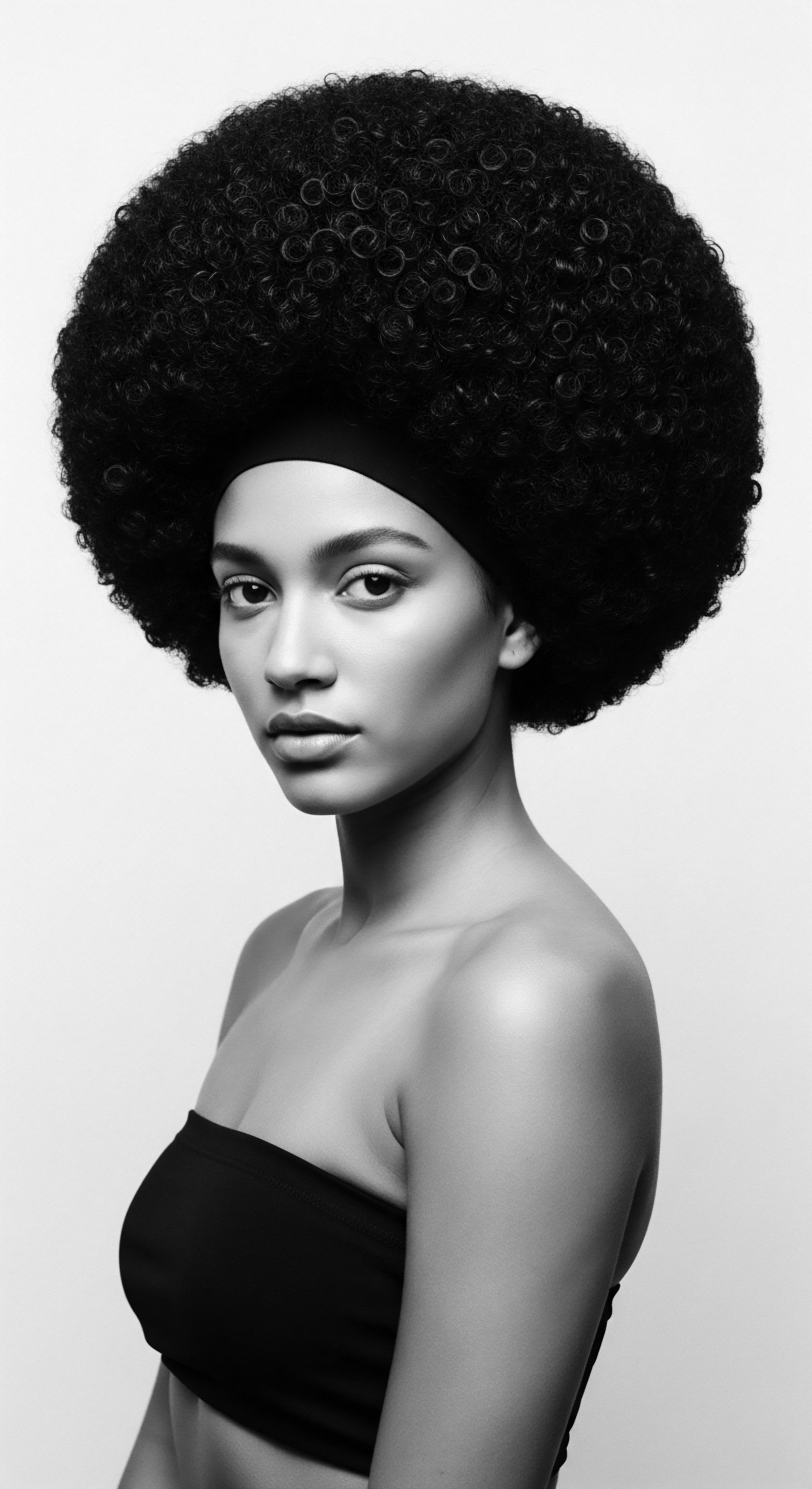
In what ways do modern natural hair movements echo ancient heritage?
Modern natural hair movements powerfully echo ancient heritage through their focus on holistic care, symbolic styling, and the reclamation of textured hair as a source of identity.

What are the mineral properties of Rhassoul clay benefiting textured hair?
Rhassoul clay's unique mineral makeup, rich in magnesium and silica, gently purifies textured hair, honoring ancestral cleansing traditions by preserving natural oils.

How does clay’s mineral composition cleanse textured hair?
Clay's minerals draw impurities from textured hair, honoring ancestral wisdom for gentle, effective cleansing.

How does Cupuaçu butter benefit textured hair’s moisture?
Cupuaçu butter significantly benefits textured hair's moisture by attracting and sealing water, echoing ancestral practices that prioritize deep hydration for hair vitality.

